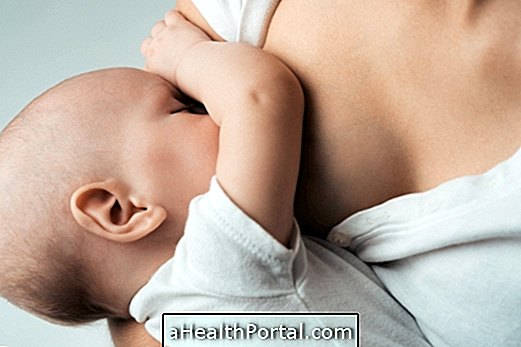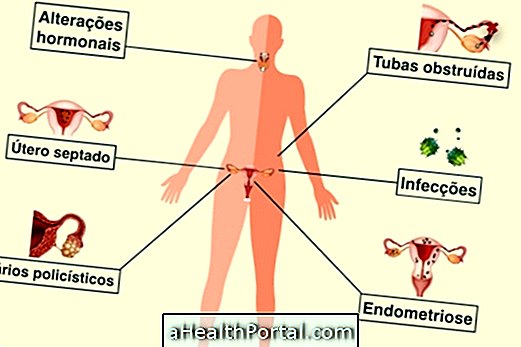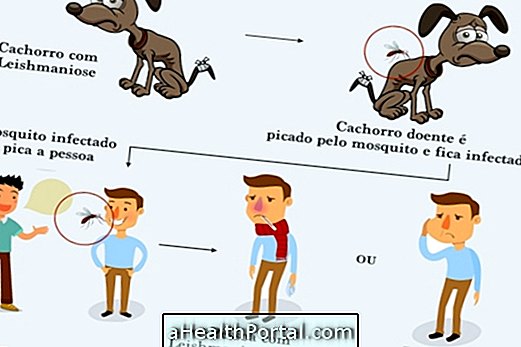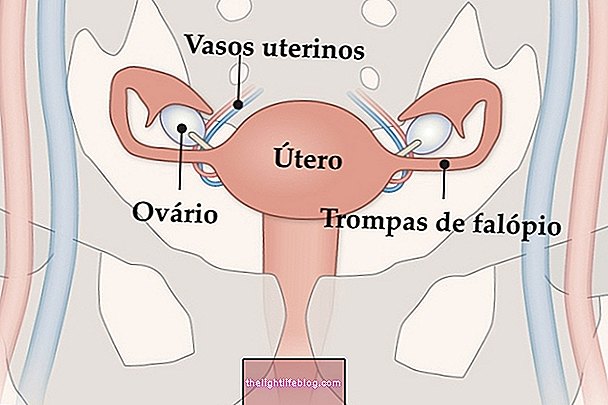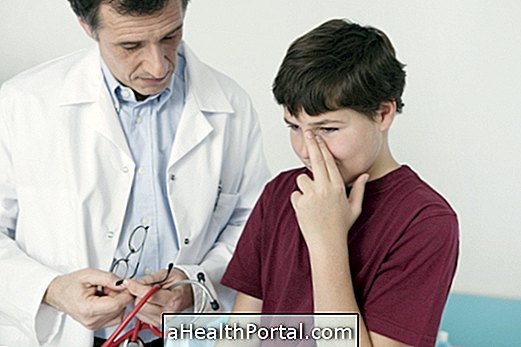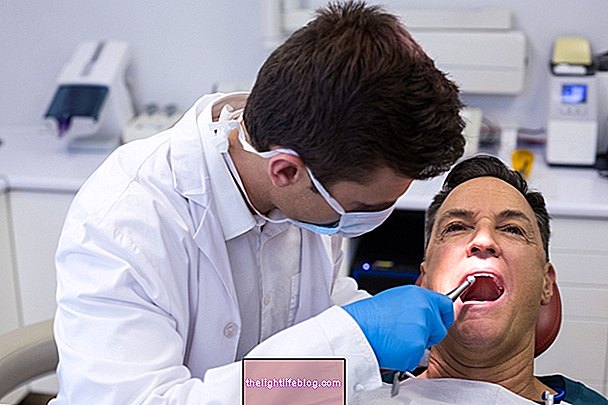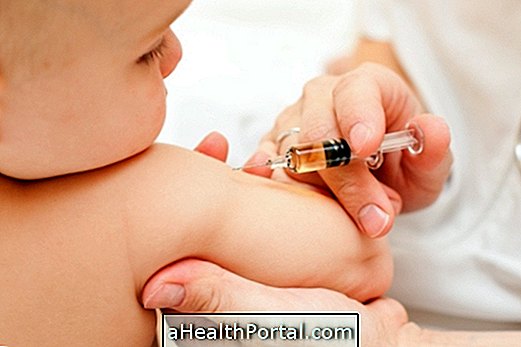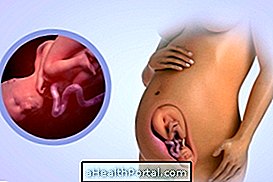The child's uterus, also known as hypoplastic uterus or hypotrophic hypogonadism, is a congenital malformation in which the uterus does not develop completely during a woman's life, maintaining the same size as presented during childhood.
Generally, the child's uterus is only diagnosed during adolescence due to the absence of menstruation, because before this period does not cause any type of symptom.
The uterus in children is not always healing, because the smaller the size of the organ, the more difficult it is to stimulate its growth, however, the treatment can be done to try to enlarge the uterus to allow a pregnancy.

Causes of Childhood Uterus
The child's uterus occurs when the uterus does not develop properly, remaining the same size as during childhood, and may be the result of diseases that lead to decreased production of the hormones responsible for the development of female reproductive organs.
In addition, the child's uterus can happen due to genetic changes or the prolonged and constant use of steroid medicines, which can lead to a hormonal imbalance.
Main symptoms
The infantile uterus is usually discovered in routine exams, but can be perceived through the following symptoms:
- Delay in menstruation, which occurs after age 15;
- Absence of pubic or armpit hair;
- Little development of female breasts and genitals;
- Irregular menstruation;
- Difficulty becoming pregnant or miscarriages.
The diagnosis of the child's uterus is made by pelvic or transvaginal ultrasound, in which the gynecologist observes that the body of the uterus has the same or a measure very close to the cervix, when in fact it should be larger.
Who Has a Child's Uterus Can Get Pregnant?
Women who have a child's uterus may find it more difficult to get pregnant because, if the uterus is smaller than normal, miscarriage can occur due to lack of space for the fetus to develop.
In addition, many women with a child's uterus also have problems with ovarian function, and therefore may not be able to produce eggs mature enough to be fertilized.
Thus, in the case of a child's uterus it is recommended to consult with an obstetrician before attempting to conceive to evaluate the hypotheses of treatment for childbearing, which may include artificial insemination.
How is the treatment done?
Treatment for a child's uterus should be guided by a gynecologist and is usually done with the use of hormone medicines to help the growth and development of the uterus, even if it is not always possible to reach a normal size.

